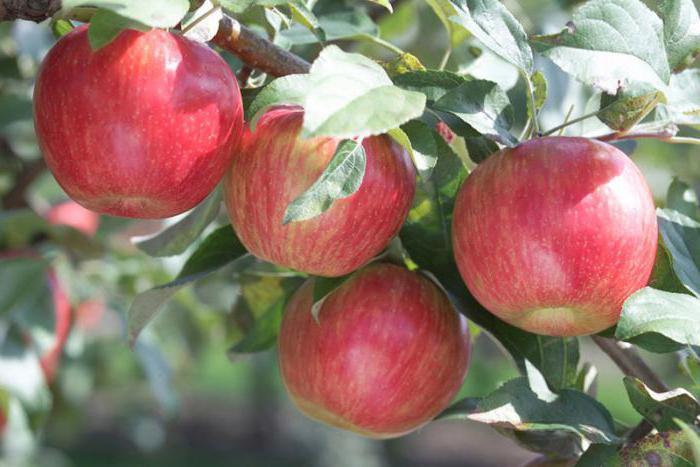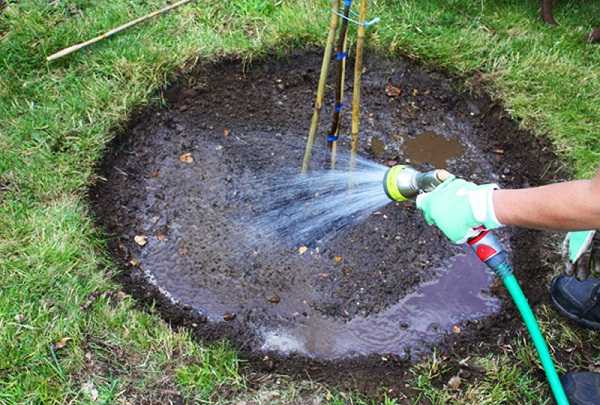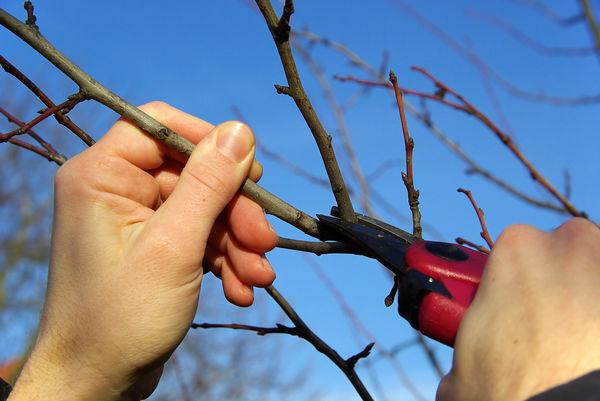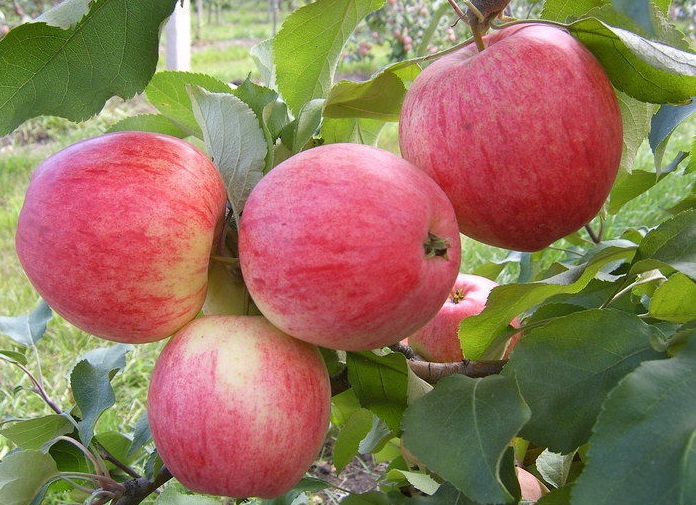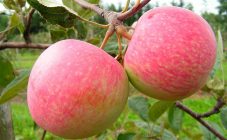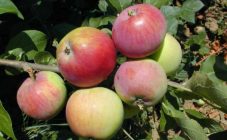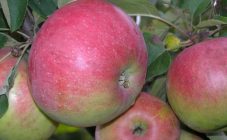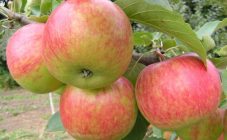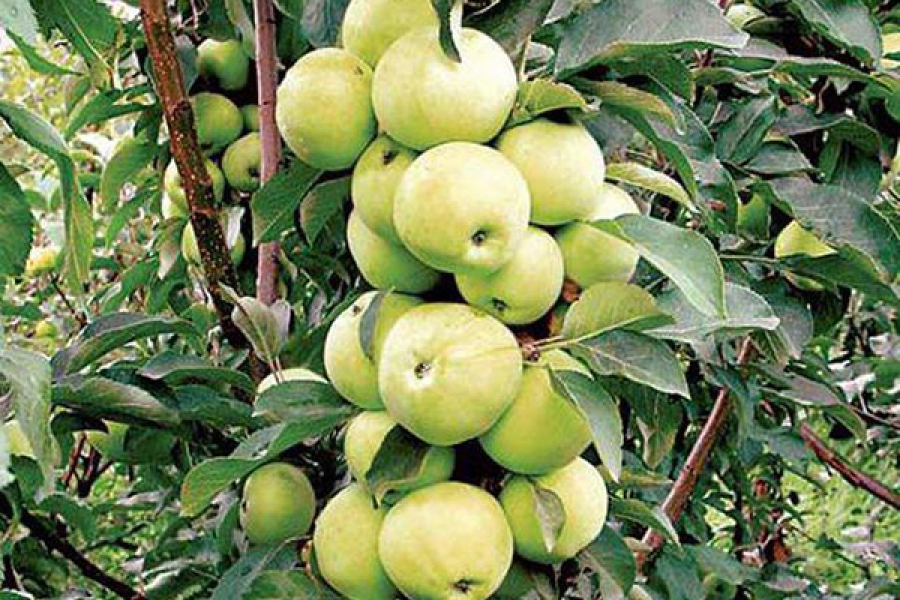Content:
In 1960, the first generation of the Saffron apple tree was bred at the Saratov breeding station. To develop a new variety, Saratov gardeners-breeders pollinated Antonovka with the pollen of Parmen Zolotoi, and as a result, scientists got a strong tree with erect branches and a spreading crown, so the Winter Saffron apple tree appeared. Its excellent basic characteristics gave an impetus for the further development of this variety, so 24 varieties appeared.
Characteristics and description of the apple tree Winter saffron
Saffron apples have good taste, with proper tree care the yield is usually very high, about 50 kg per tree. At the same time, the fruits do not crumble and ripen on the branches.
The ripening speed of apples depends on the selected variety of Saffron apple tree. For example, the apple tree Pepin Saffron gives on trees that are not yet 10 years old, up to 80 kg of apples, and on older ones - up to 180 kg. And the harvest in such gardens is harvested at the end of September.
The trees reach a height of about 2.8-3 meters, the crown is usually spherical.
Trees tolerate low winter temperatures well, but require more careful feeding in places where winters are extremely cold.
Care and pruning
Caring for these trees is not difficult, but nevertheless, in order to fully return the harvest, you need to know about the correct technique for watering and planting trees.
The soil
When planting such varieties in your garden, you should focus on the following parameters that the soil should meet:
- soil type - loam or sandy loam;
- acidity not higher than 6.5 pH.
Before planting, it is worth enriching the soil with peat (1 part), rotted manure (2 parts) and sand (1/2), and if necessary, add ash.
Watering
Young trees need watering, although if the summer is hot in the region, it is worth watering adult apple trees so that the harvest ripens on time.
It is worth watering the seedlings with settled water, because the temperature of the water from the well or well is too low and this can negatively affect the root system.
Fertilizer
After the snow melts, it is necessary to bring up to 2 buckets of rotted manure under each apple tree. Mineral fertilizers are best applied at the end of April, before flowering. If potassium is applied by spraying, this must be done before flowering.
Pruning
Sanitary pruning, cleaning the tree from old and diseased branches, is carried out in early October after harvest, it is advisable to wait for the leaves to fall, then all affected areas will be visible.
In spring, pruning is carried out to form the crown. To do this, it is necessary to cut off all branches growing towards the ground, then strongly overgrown side branches, and then shorten the upper branches.
Advantages and disadvantages
Apple Saffron has the following benefits:
- in comparison with many brethren, such varieties enter early summer fruiting, depending on the variety;
- with proper storage, saffron apples lie for a long time without losing their qualities;
- fruits tolerate long-distance transportation well;
- apple trees are disease-resistant and are almost not attacked by pests.
Delicious homemade apple preparations are obtained from the fruits, which give a light saffron shade.
The Saffron variety is very much appreciated by gardeners, it is not capricious, with proper care it responds with a good harvest.
